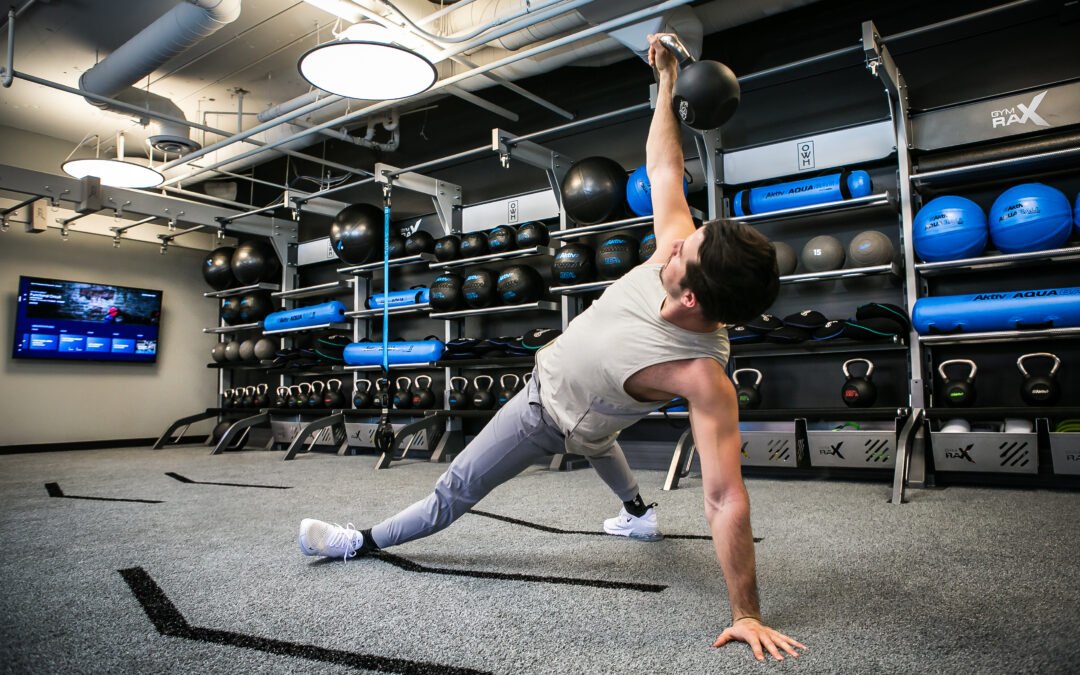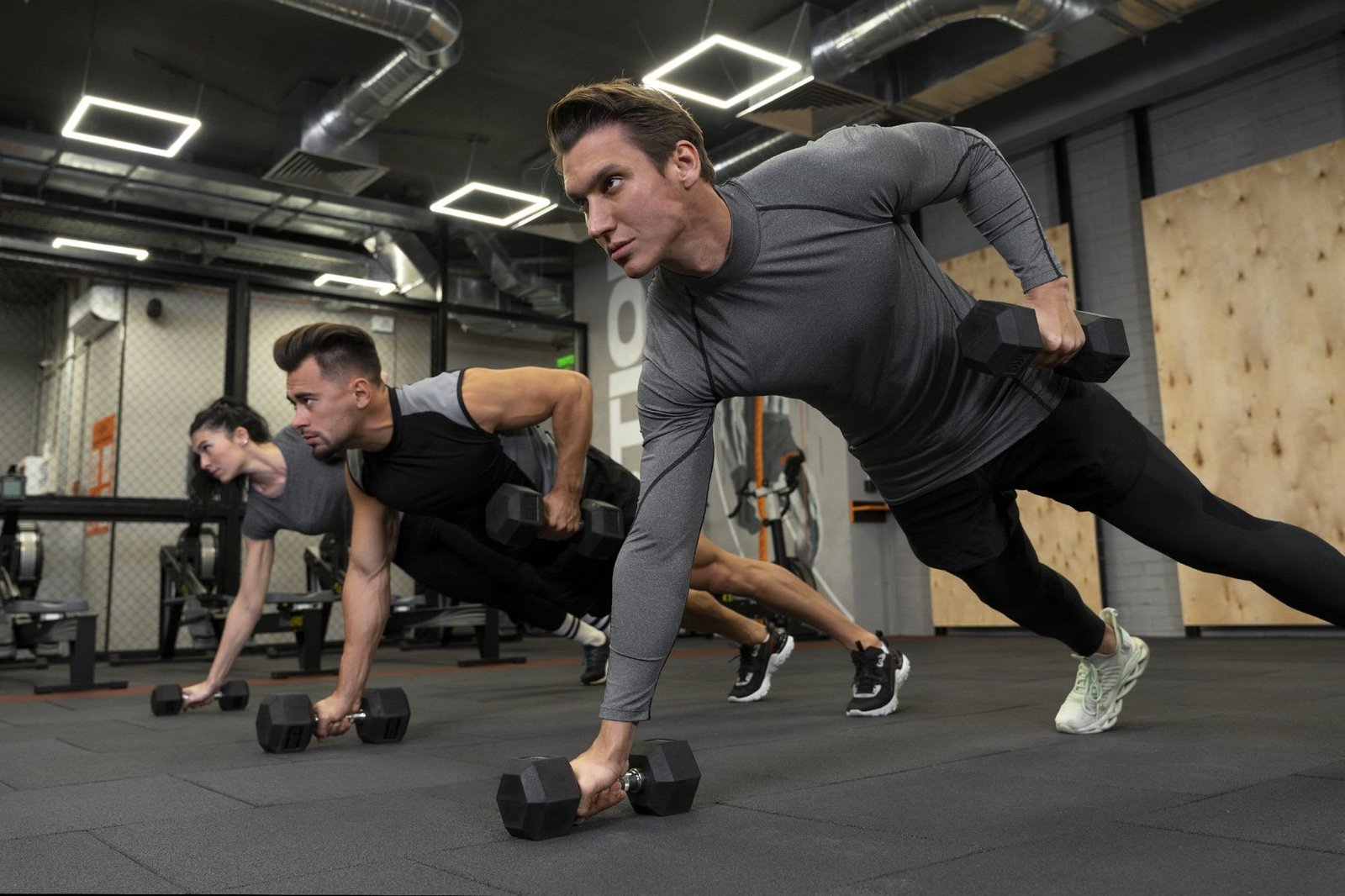
Fitness goes far beyond sweating at a gym; it encompasses how well you perform everyday tasks such as climbing stairs or playing with your children. Fitness encompasses diet, sleep, and recovery as well. An effective workout routine can bring many significant rewards, but where should you begin?
1. Conditioning
You can enhance your endurance through strength training and cardiovascular exercises. Strength training routines also include body conditioning exercises, also known as calisthenics, which do not require any equipment. Strength training helps build muscle power and thickness without becoming fatigued, making it essential for sports that require sprinting or jumping and often involves speed-based drills like performing many jump squats.
Integrate proper warm-up and cool-down routines into your workouts for the best results, as these procedures will help avoid injuries while increasing fitness level. Incorporating these practices also gives your body enough time to recover between sessions.
2. Bodyweight Movements
Bodyweight exercises are workouts that use your own bodyweight against gravity to build muscle, making them suitable for every fitness level and needing minimal equipment or gym membership fees. Targeting multiple muscles simultaneously and placing less strain on joints than many exercise machines do, these exercises utilize balance training and mimic everyday movements such as lunges, push-ups, chin-ups, and pull-ups.
For an effective bodyweight circuit workout, complete each movement for the prescribed number of repetitions before resting and returning to the circuit. For example, three sets of each exercise below should take 30 seconds each:
3. Strength Training
When one thinks of strength training, images of barbells and weight plates being lifted at a gym may come to mind. However, this is not the only way to build muscle.
Many exercises can be completed at home without needing equipment at all. Your body weight serves as an effective resistance system; other common household objects such as water bottles or soup cans may also be helpful! As you begin exercising, aim to start out slowly by exercising just once or twice per week before gradually increasing frequency and intensity over time. At first, consistency should take precedence over intensity, as this helps protect against injury.
4. Cardiovascular Exercise
Cardio, or aerobic exercise, refers to any physical activity that elevates breathing and heart rates for an extended period of time—walking, jogging, cycling, rowing, and even dancing are excellent forms of cardio exercise. At the core of cardiovascular exercise is its ability to improve heart health and develop stamina and strength, which makes carrying heavy groceries or climbing stairs much simpler.
No need to devote large chunks of time to cardio exercises either; studies show that shorter bursts of high-intensity activity (such as 5-minute sprints followed by lower-intensity walking or running exercises) can be just as beneficial. Try switching it up between 5-minute sprints and lower-intensity exercises like walking for optimal results.
5. Flexibility
As part of your fitness plan, make sure to include flexibility training, core exercises, and balance exercises—they may often go overlooked but should form part of any well-rounded exercise program. Flexibility refers to the ability of muscles, joints, and soft tissues to move through a range of motion without suffering discomfort. Stretching can help increase flexibility. Stretching all major muscle groups—for instance, a toe touch test involves stretching the hamstrings—should help increase your flexibility.
“Flexibility” and “mobility” are often confused as synonymous terms; however, they should not be considered synonyms. Learn about the two fitness components, their similarities and differences, and how to optimize them.
6. Nutrition
Your body needs fuel for optimal health to meet and sustain fitness goals. A well-balanced diet is key in reaching and maintaining fitness objectives, from cardiovascular exercises and strength training sessions to core exercises and stretching routines, all the way to eating nutritious food choices such as fruits and vegetables, lean proteins, and whole grains, which help build strong foundations to avoid deficiencies or chronic diseases.
Michelle Smith, an exercise specialist from Bayhealth, discusses the essential elements necessary for an effective fitness program.
8. Recovery
Establishing a fitness routine can reduce the risk of long-term disease while simultaneously improving balance, strength, and endurance. Participation also leads to weight loss, improved sleep patterns, and a healthier self-image. While it’s essential to challenge yourself at the gym, an effective fitness regimen also needs to include recovery. Overtraining leads to injuries and stunted growth.
Effectively restoring your body can involve reducing the intensity of your workouts (such as running or swimming instead of biking), participating in cross-training, alternating more strenuous exercises with active recovery activities like walking or yoga, and ensuring adequate sleep to regulate hormones and strengthen the immune system.
9. Self-Discipline
To bring about change in your life, self-discipline is key. This means the ability to resist short-term temptations in favor of doing what’s right. People with more self-control tend to be more successful and happier than their counterparts. Forming new habits is key to fitness success. Each time you repeat an action, your brain strengthens the neural pathways responsible for that behavior and makes it easier for you to repeat it more frequently.
As you embark on your fitness journey, set realistic goals and commit to them—either on paper or somewhere visible to remind you daily of them! Doing this will keep your commitment alive and help ensure you stay on the right path!



